
How to Use DFRobot EC Sensor: Examples, Pinouts, and Specs
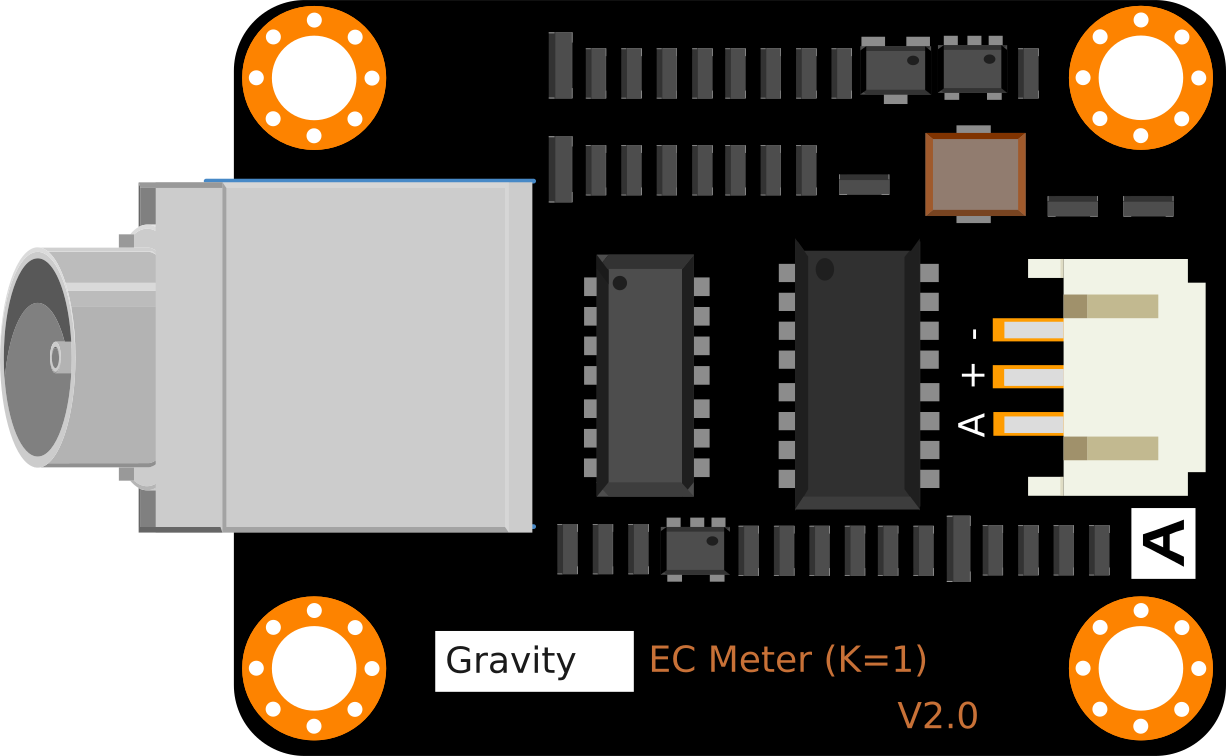
 Design with DFRobot EC Sensor in Cirkit Designer
Design with DFRobot EC Sensor in Cirkit DesignerIntroduction
The DFRobot EC Sensor is an electronic device designed to measure the electrical conductivity (EC) of a solution, which is a crucial parameter in determining the ionic content and thus the nutrient levels in water. This sensor is particularly useful in applications such as hydroponics, aquaponics, freshwater systems, and environmental water testing. By monitoring EC levels, users can ensure optimal conditions for plant growth and aquatic life.
Explore Projects Built with DFRobot EC Sensor
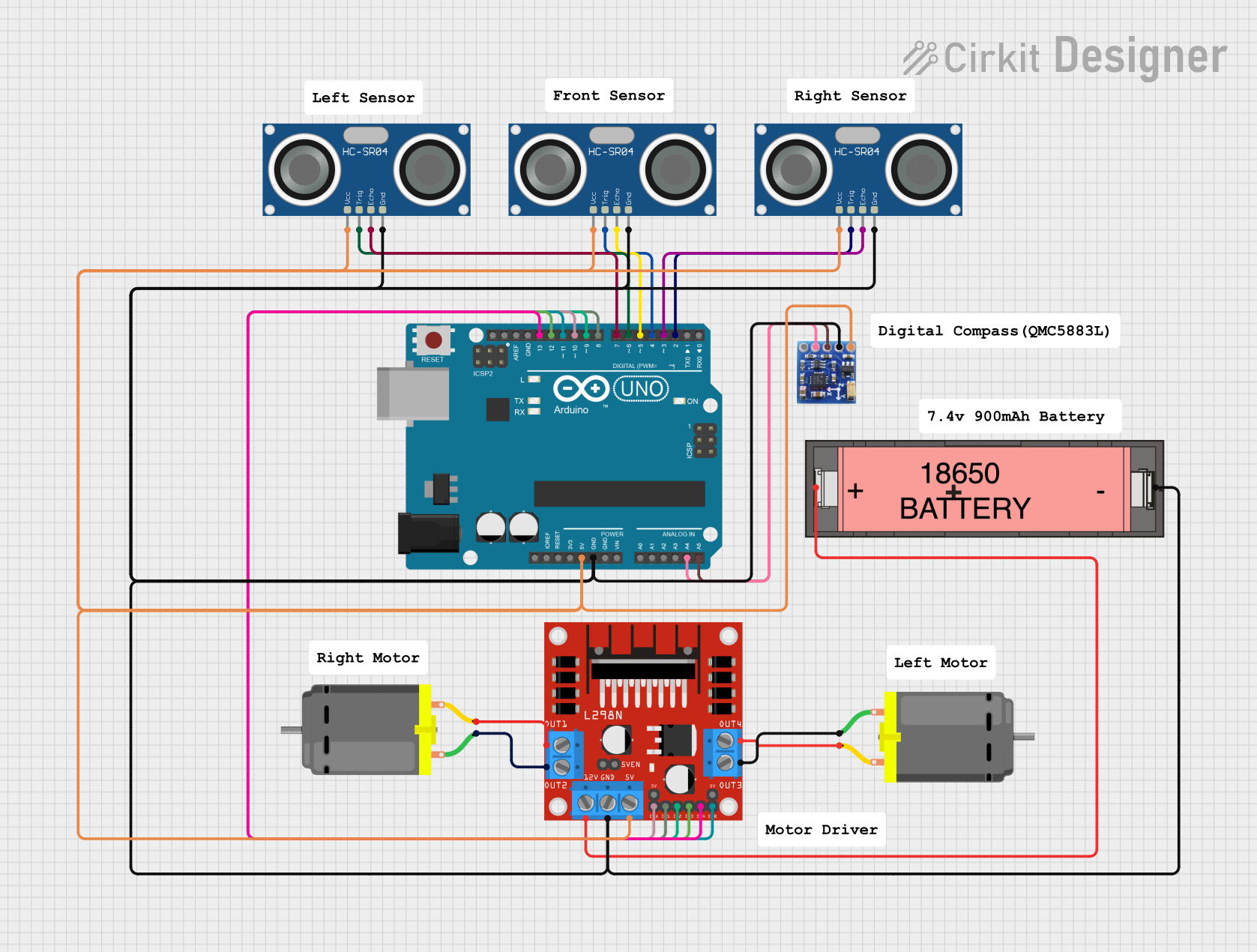
 Open Project in Cirkit Designer
Open Project in Cirkit Designer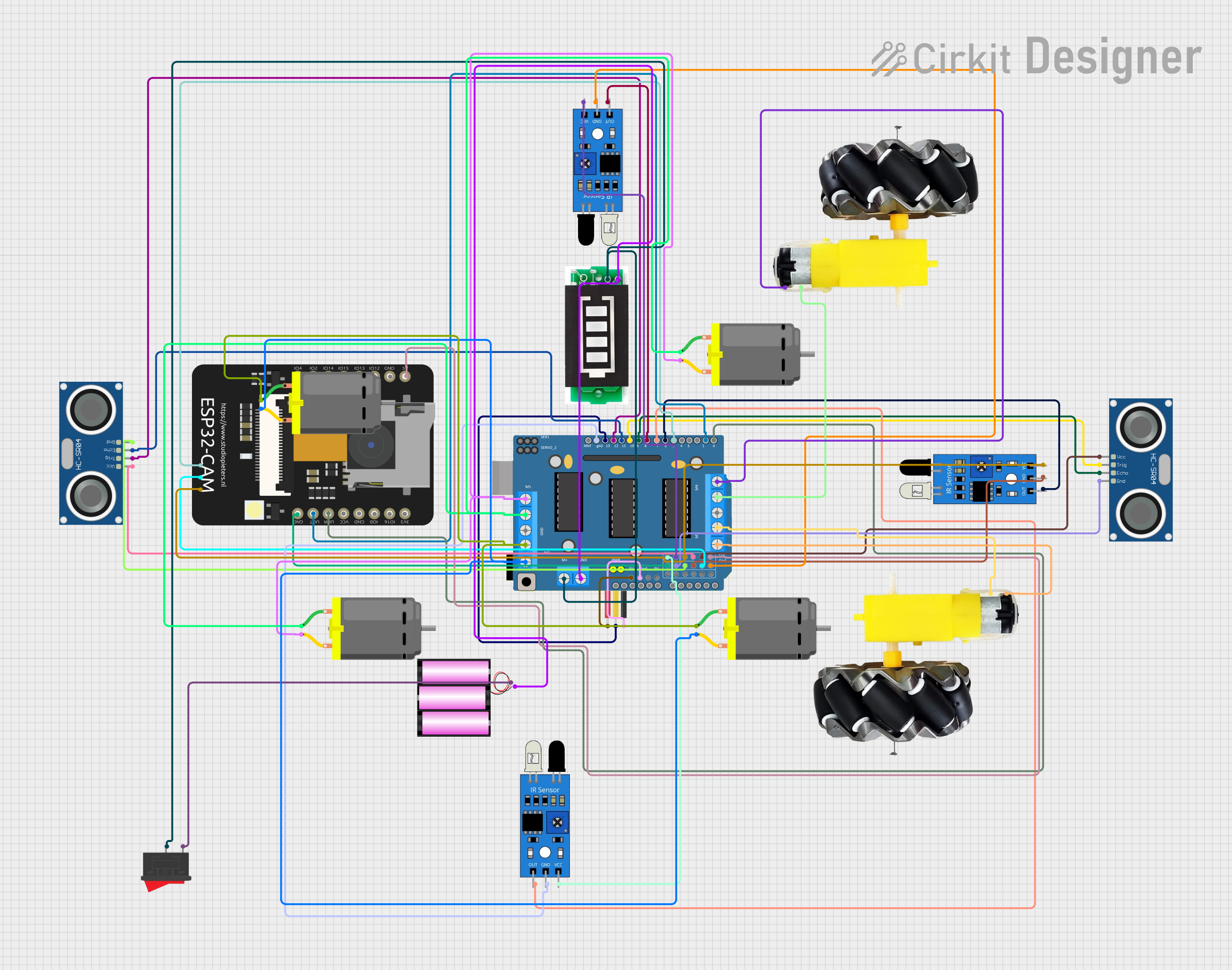
 Open Project in Cirkit Designer
Open Project in Cirkit Designer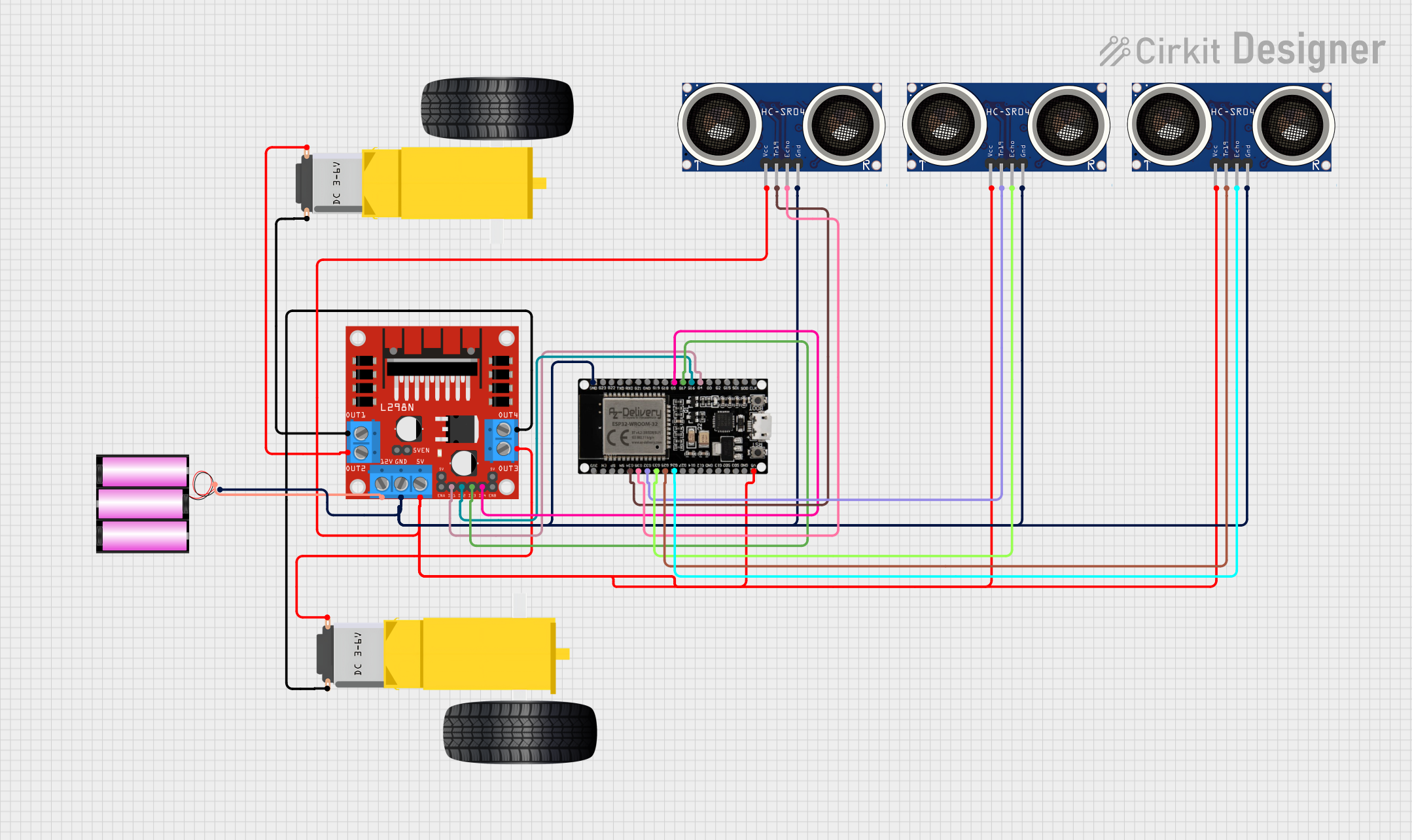
 Open Project in Cirkit Designer
Open Project in Cirkit Designer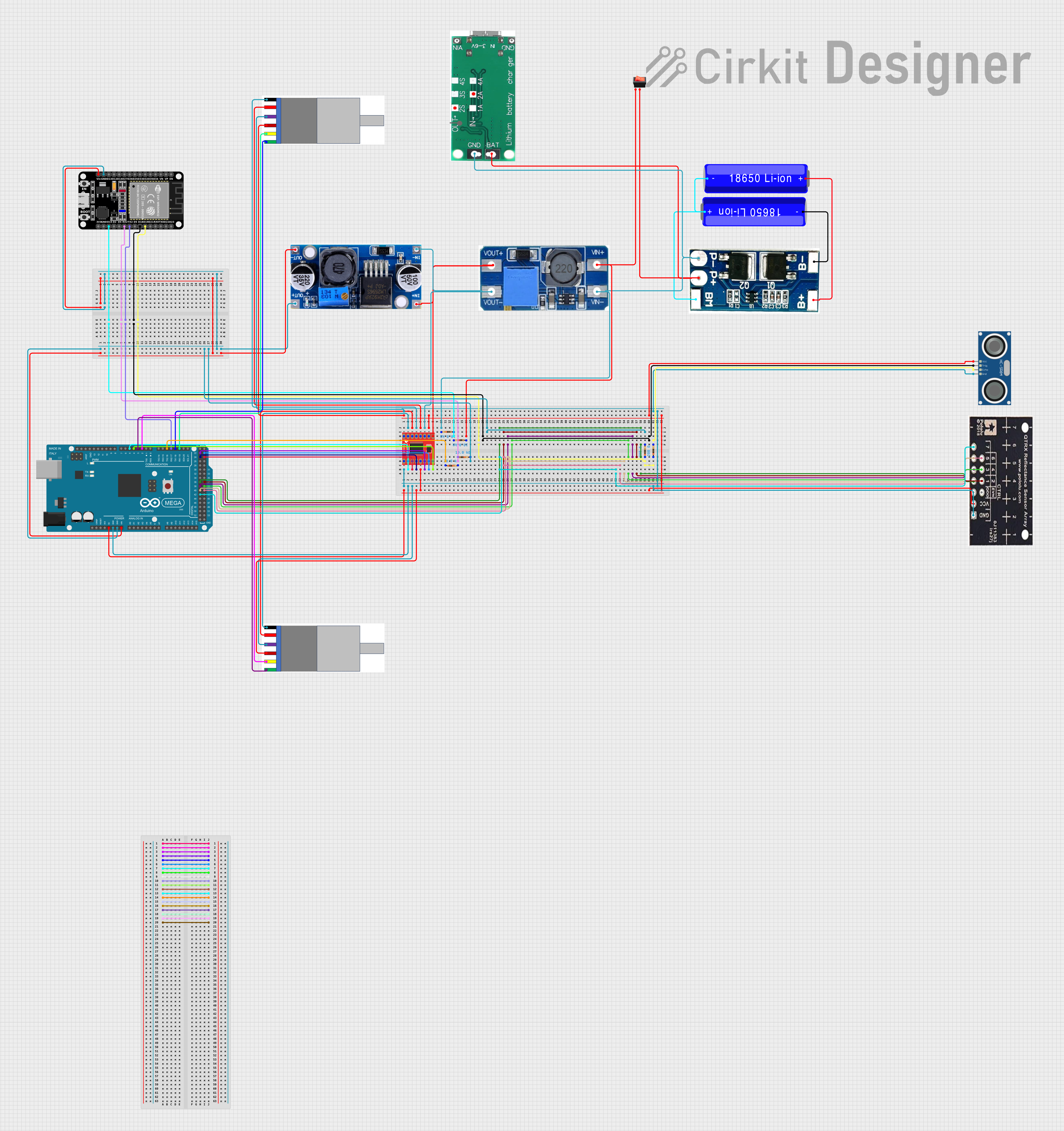
 Open Project in Cirkit Designer
Open Project in Cirkit DesignerExplore Projects Built with DFRobot EC Sensor

 Open Project in Cirkit Designer
Open Project in Cirkit Designer
 Open Project in Cirkit Designer
Open Project in Cirkit Designer
 Open Project in Cirkit Designer
Open Project in Cirkit Designer
 Open Project in Cirkit Designer
Open Project in Cirkit DesignerTechnical Specifications
Key Technical Details
- Measurement Range: 1ms/cm to 20ms/cm
- Accuracy: ±0.1ms/cm
- Output: Analog signal corresponding to the EC value
- Supply Voltage: 3.3V to 5.5V DC
- Operating Current: 15mA (typical)
- Operating Temperature: 5°C to 40°C
Pin Configuration and Descriptions
| Pin Number | Name | Description |
|---|---|---|
| 1 | VCC | Power supply (3.3V to 5.5V DC) |
| 2 | GND | Ground connection |
| 3 | AOUT | Analog output signal |
| 4 | TEMP | Temperature sensor input (optional) |
Usage Instructions
Integration with a Circuit
To use the DFRobot EC Sensor in a circuit:
- Connect the VCC pin to a power supply within the range of 3.3V to 5.5V.
- Attach the GND pin to the ground of the power supply.
- Connect the AOUT pin to an analog input on your microcontroller, such as an Arduino UNO.
- (Optional) Connect a temperature sensor to the TEMP pin for temperature compensation.
Best Practices
- Always calibrate the sensor with a known EC standard solution before use.
- Avoid placing the sensor in liquids that may cause corrosion or damage.
- Ensure that the sensor is fully submerged in the solution for accurate readings.
- Use shielded cables to connect the sensor to the microcontroller to minimize noise.
Example Code for Arduino UNO
// Include the necessary libraries
#include <Wire.h>
// Define the analog pin connected to the sensor
const int ecSensorPin = A0;
void setup() {
// Begin serial communication at 9600 baud rate
Serial.begin(9600);
}
void loop() {
// Read the value from the EC sensor
int ecValue = analogRead(ecSensorPin);
// Convert the analog reading to EC value (example conversion, needs calibration)
float ec = ecValue * (5.0 / 1023.0) / 100.0; // Convert to voltage and then to EC
// Print the EC value to the Serial Monitor
Serial.print("EC: ");
Serial.print(ec);
Serial.println("ms/cm");
// Wait for a second before reading again
delay(1000);
}
Troubleshooting and FAQs
Common Issues
- Inaccurate Readings: Ensure the sensor is calibrated correctly with a standard solution. Check for any signs of corrosion or buildup on the sensor probes.
- No Output Signal: Verify that the sensor is properly powered and that all connections are secure. Check the analog pin for correct configuration.
- Temperature Fluctuations: If the temperature of the solution changes significantly, it can affect the EC readings. Use the TEMP pin to connect a temperature sensor for compensation.
FAQs
Q: Can the sensor be used in saltwater? A: The sensor is designed for freshwater applications. Using it in saltwater may lead to corrosion and damage.
Q: How often should the sensor be calibrated? A: Calibration frequency depends on usage, but it is generally recommended to calibrate the sensor before each critical measurement session.
Q: Is the sensor waterproof? A: The probe part of the sensor is waterproof, but the electronic components and connections are not. Care should be taken to only submerge the probe.
Q: What is the purpose of the TEMP pin? A: The TEMP pin allows for the connection of a temperature sensor. Temperature compensation is important for accurate EC measurements, as EC levels can vary with temperature.
For further assistance, please contact DFRobot technical support.